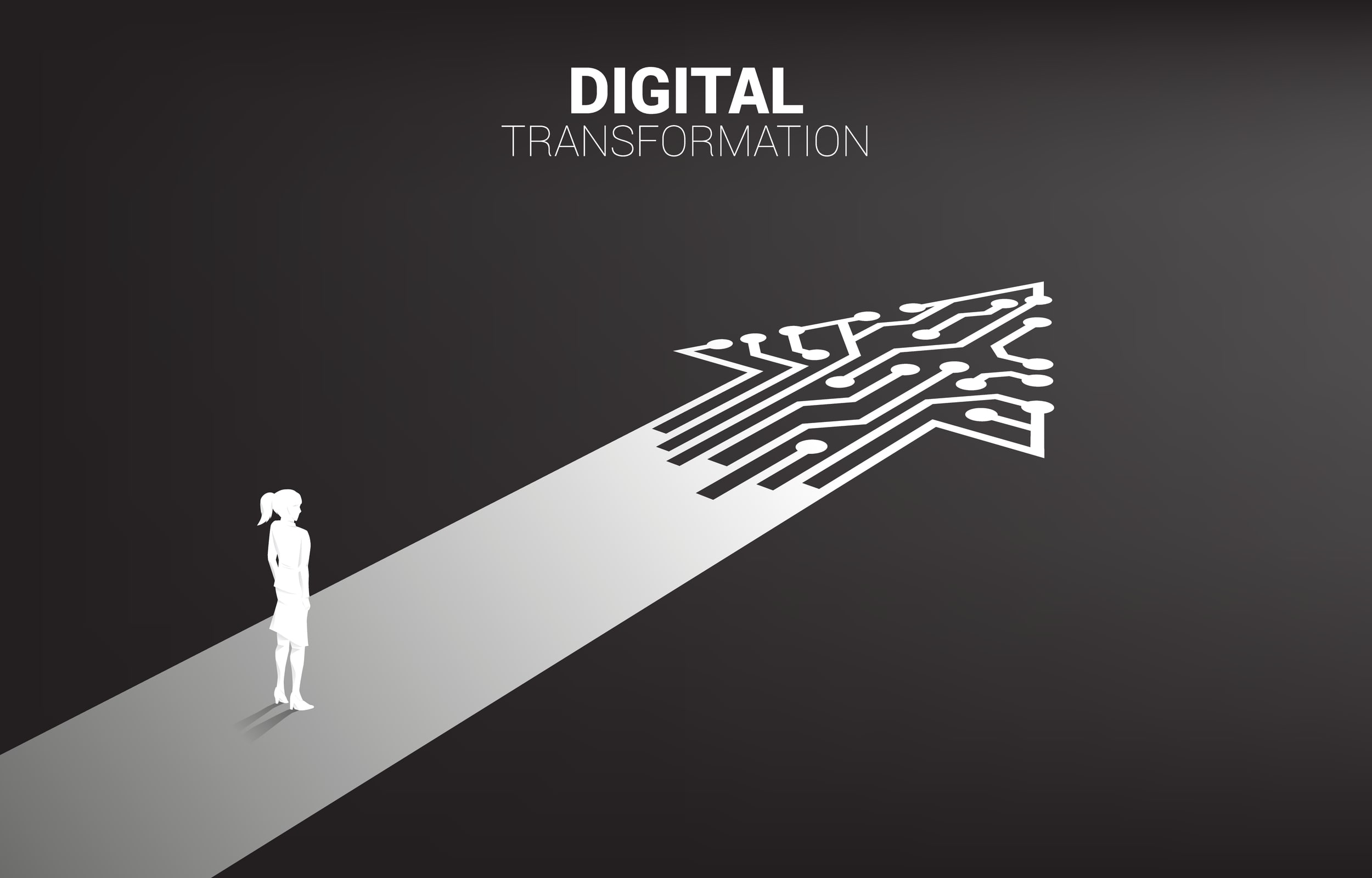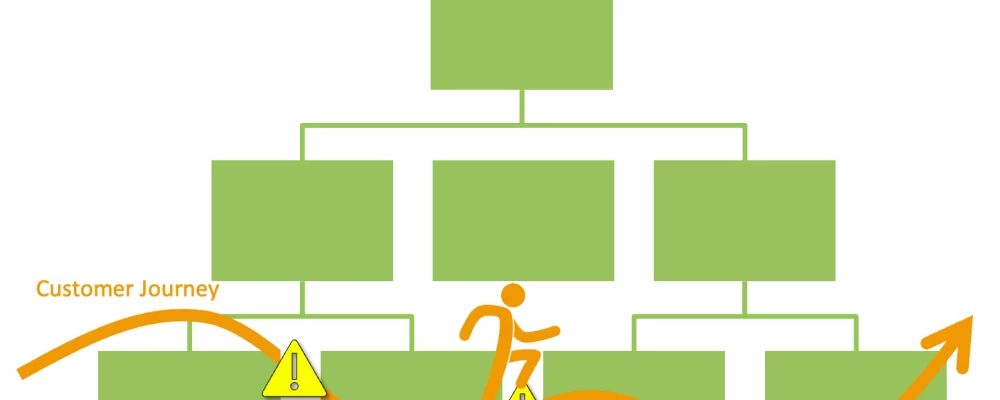Everyone is interested in investing in digital transformation solutions. Leaders want to take their products and services online to provide a frictionless digital customer experience with the added benefit of improving their bottom line.
This is the frontier of value creation for businesses, and it is much more than automating current processes behind the guise of digital transformation. The opportunities for digital transformation continue to expand as ground-breaking innovations like cloud technology and artificial intelligence create new options.
In this guide, we explore the common misconceptions about digital transformation solutions, review the common pitfalls encountered when choosing a solution, define digital transformation strategy, and explain how to create a digital transformation roadmap.
What are the Common Misconceptions about Buying a Digital Transformation Solution?
Digital transformation is a wildly misunderstood topic. IT platform providers and implementation firms use it as a buzzword to convince their clients to purchase a license and install their software, promising that “this software will solve all of your problems.” Here are three common misconceptions about buying a digital transformation solution:
- It is a simple purchase.One contributor to failed digital transformation solutions is that organizations don’t understand how to purchase transformation support services and select the right platform to align with their business objectives. You can’t buy digital transformation – just like you can’t delegate leadership. You can, however, purchase the right tools and partner with the right vendors.
- It can be entirely outsourced.Your vendor can’t transform your business; only you can – but getting the wrong support services can kill a transformation before it starts. This is more than an automation problem. Executives think a digital transformation solution is purely technical or can be completely outsourced to a consulting firm – both are dangerously wrong.
- The only options available are the ones you already know.People naturally frame their needs in the context of what they know. If you don’t know what to ask for, then how will you be able to understand what you need? Like Henry Ford said, “If I asked people what they wanted, they would’ve said faster horses.”
What Are the Common Pitfalls for Choosing a Digital Transformation Solution and Support?
Digital transformation offerings and services are constantly changing to adapt to the latest technology and best practices. Digital transformation solutions for enterprises are complex and significant capital investments. Organizations don’t replace large legacy enterprise systems used for 20-25 years until a compelling justification exists. Covid-19 has proved to be a significant catalyst for change in the past few years.
Given the long shelf-life, many organizations believe their current processes, which have been optimized over time in the legacy systems, are the best they can accomplish. So, when they are looking to implement a technology to replace the legacy system, they expect to carry over those existing processes, which doesn’t provide much efficiency gain for the staff or significantly improve customer experience. It effectively “paves the cow’s path.”
When organizations are looking to acquire a new technology-enabled solution, it is common for them to issue a Request-for-Proposal (RFP) with multi-page lists of required functionalities (“the requirements”). A team analyzes this information from multiple vendors into a Fit/Gap analysis.
This Fit/Gap analysis often does the organization a disservice. It’s too easy for vendors to say, “Yes, we do that.” The Fit/Gap analysis is a blunt instrument that can’t truly differentiate approaches and accurately determine compatibility when selecting innovative digital transformation solutions in complex business areas.
The Fit/Gap is often the deciding factor in defining a vendor short-list. But remember, the group that initially defined the requirements and needs may not have a good sense of what is possible because the requirements were developed from the current team’s perspective.
Despite their best intentions, they may not ask for the right things. They may not be asking for enough or they may not be asking for the kind of synergies that will drive transformation and long-term benefit. So, it is critical to look back at the goals you have set for your initiative and ensure they align with your digital transformation strategy.
What is Digital Transformation Strategy?
A true digital transformation strategy considers more than just technology; it considers the people, processes, and technology required to create new value streams and provide better services to your customers. Because of this, digital transformation is not an IT problem but rather a topic that permeates and directly affects all aspects of the business.
A common mistake that organizations make is to charge IT with delivering digital transformation. However, IT departments are ill-equipped to address the people or process components required for success. It’s said that if your only tool is a hammer, you will treat all your problems like a nail. This stands true for IT as well. If your primary tool is new system deployment, you will try to solve all your problems by deploying new systems – regardless of whether the underlying issue is system-related.
A successful digital transformation strategy relies on executives driving alignment around people, processes, and technology across their organization to digitize, rethink, and reinvent value streams.
If done well, digital transformation can create new business models, increase revenue and profit margins, and deliver purposeful customer experiences.
So, What is Your Digital Transformation Roadmap?
An old saying is, “If you don’t know where you want to go, any road will take you there.” A big reason that so many digital transformation efforts fail is that, despite the best intentions, organizations pick a road that is not aligned with what they want to achieve. They don’t have a clear sense of where they want to go and why, and it may take months or years, and significant investment before that mistake becomes apparent.
Modern software systems are powerful tools, but they are only as valuable as the processes built into
them and the abilities of people who use them daily. At its most basic, it can be used to streamline customer experiences or increase operational efficiency, but when approached correctly, it can fundamentally transform your business.
Accelare “provides digital transformation consulting services that prioritize performance and results. Accelare’s S2E process and WorkFit are proven to create dramatic breakthroughs and lasting innovations integrated into the business model to build the capacity needed to transform into your next-generation business model.”
Please visit the firm link to site






